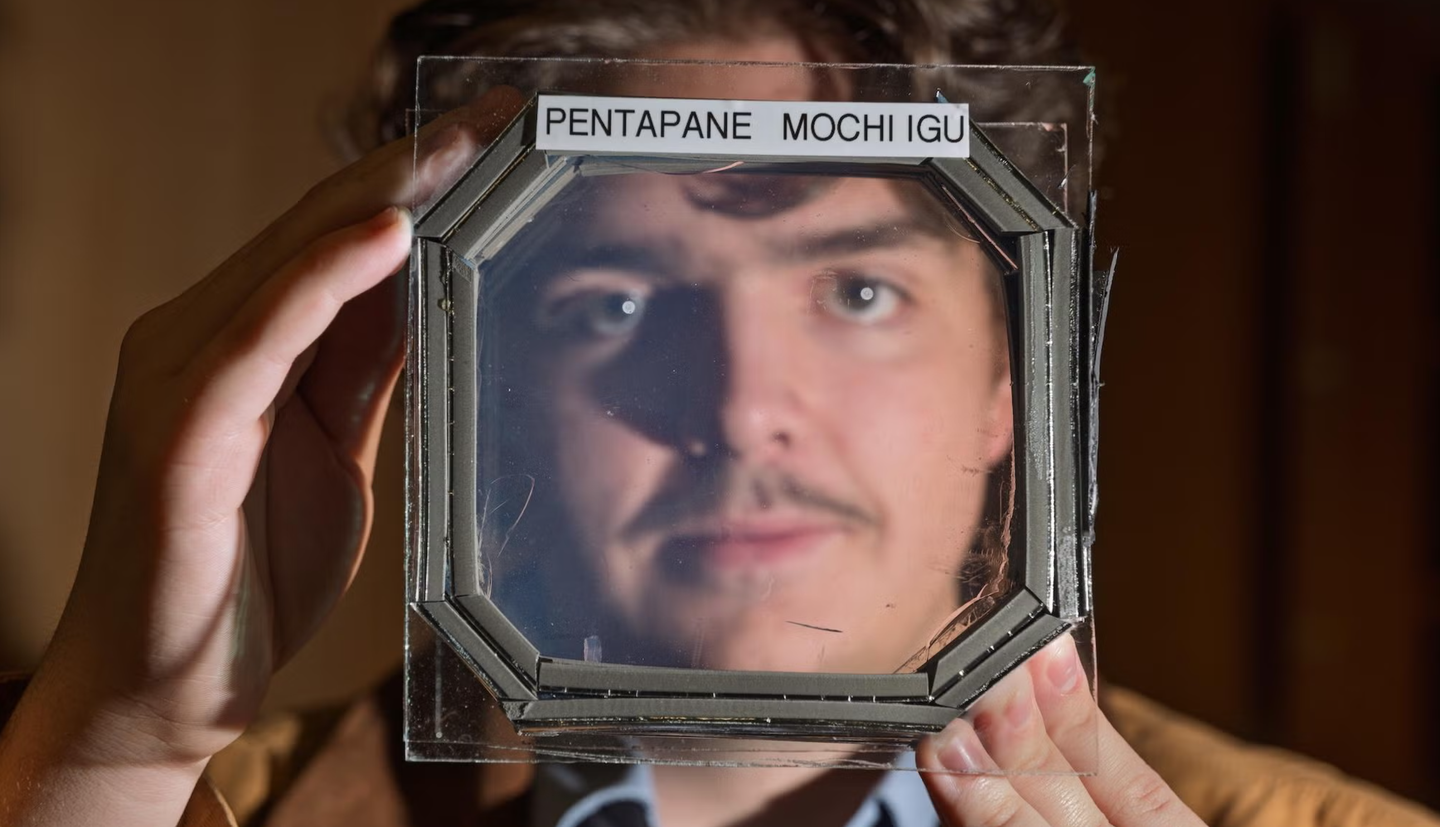Intermittent fasting literally rewires your brain and gut for weight loss
The gut and the brain change in tandem when obese individuals follow a specific kind of diet called intermittent energy restriction (IER).

New study reveals how gut microbes and brain activity shift together during intermittent fasting in obese patients. (CREDIT: Kmpzzz / Shutterstock)
Across the globe, more than a billion people live with obesity. It's not just a matter of weight—it's tied to serious health risks like heart disease, diabetes, and even some cancers. Yet despite countless diets and weight-loss strategies, keeping the weight off for good remains a challenge.
A major reason is that the human body seems wired to resist weight loss, with powerful systems in the brain, gut, and hormones working in concert to keep energy stores stable. But a recent study has revealed a new layer to this story—one that links your brain and your gut bacteria more closely than ever before.
Tracking the Brain-Gut Connection
Researchers from China have discovered that the gut and the brain change in tandem when obese individuals follow a specific kind of diet called intermittent energy restriction (IER). This method involves cycling between days of eating normally and days with restricted calories. Over the course of 62 days, 25 adults with obesity were tracked using advanced tools like metagenomic sequencing, blood analysis, and functional magnetic resonance imaging (fMRI).
These participants weren’t just dieting—they were closely monitored through two fasting phases. The first phase, lasting 32 days, included personalized meals that gradually cut calorie intake down to just 25% of their normal level. The second, less strict phase lasted 30 days, where participants received a food list aimed at delivering 500 to 600 calories per day.
At the end of the intervention, participants lost an average of 7.6 kilograms—just under 17 pounds—and saw reductions in waist size and body fat. But the most striking results were found in the brain and gut.
Changes Inside the Brain
The brain plays a central role in food intake, not just by registering hunger but also by processing rewards and emotions. Studies have shown that specific brain circuits—those tied to addiction, self-control, memory, and sensory perception—are all involved in eating behavior.
Related Stories
These circuits include areas such as the striatum, dorsolateral prefrontal cortex, anterior cingulate cortex, amygdala, hippocampus, orbitofrontal cortex, and insula. Together, they form a network that fuels not just hunger, but cravings and emotional eating.
In this study, brain scans revealed changes in regions involved with addiction and appetite. For example, activity decreased in the left orbital inferior frontal gyrus—an area key to self-control and executive decision-making. These changes are thought to be essential for helping people stick to diets and resist overeating.
“The observed changes in the gut microbiome and in the activity in addiction-related brain regions during and after weight loss are highly dynamic and coupled over time,” explained Dr. Qiang Zeng from the Health Management Institute of the PLA General Hospital in Beijing.
Gut Microbes in the Spotlight
Alongside brain shifts, gut microbes also underwent major changes. Some bacteria flourished while others faded. Notably, beneficial microbes like Faecalibacterium prausnitzii, Parabacteroides distasonis, and Bacteroides uniformis increased. Meanwhile, potentially harmful Escherichia coli levels dropped.
What makes this even more intriguing is that these microbial changes correlated with changes in brain activity. Bacteria such as Coprococcus comes and Eubacterium hallii were negatively associated with brain regions tied to executive control. On the other hand, P. distasonis and Flavonifractor plautii were positively linked with regions involved in emotion, learning, and motor control.
“A healthy, balanced gut microbiome is critical for energy homeostasis and maintaining normal weight,” said Dr. Yongli Li of Henan Provincial People’s Hospital. “In contrast, an abnormal gut microbiome can change our eating behavior by affecting certain brain areas involved in addiction.”
The Brain-Gut-Microbiome Axis
This back-and-forth communication between the brain and the gut forms what researchers call the brain-gut-microbiome (BGM) axis. Food doesn’t just fill your stomach; it alters the way your brain responds to hunger cues. In return, your brain can affect the makeup of your gut microbiome through signals sent via the nervous system or blood circulation.
“The gut microbiome is thought to communicate with the brain in a complex, two-directional way,” said Dr. Xiaoning Wang from the Institute of Geriatrics at the PLA General Hospital. “The microbiome produces neurotransmitters and neurotoxins which access the brain through nerves and the blood. In return, the brain controls eating behavior, while nutrients from our diet change the composition of the gut microbiome.”
When gut microbes are out of balance, it can lead to metabolic disorders and irregular brain activity. These shifts may then make it harder to control cravings and harder to lose weight.
New Clues in the Fight Against Obesity
While the study showed tight connections between changes in gut bacteria and brain regions, it did not prove which one causes the other. It’s possible that changes in the gut microbiome are what drive changes in the brain. It’s also possible that the brain triggers changes in gut microbes. Or maybe both are influenced by a third factor—perhaps diet or hormones.
“What specific gut microbiome and brain regions are critical for successful weight loss and maintaining a healthy weight?” asked Dr. Liming Wang, also from the Health Management Institute in Beijing. It’s a question researchers are now eager to answer.
Knowing more about how your brain and gut interact could offer new tools for managing obesity. Treatments might one day include personalized nutrition plans or even targeted therapies that modify brain signals or gut bacteria directly.
These results, published in Frontiers in Cellular and Infection Microbiology, point to a future where fighting obesity isn't just about eating less—it's about working with the powerful systems inside your body that control hunger, pleasure, and self-control.
Note: The article above provided above by The Brighter Side of News.
Like these kind of feel good stories? Get The Brighter Side of News' newsletter.



